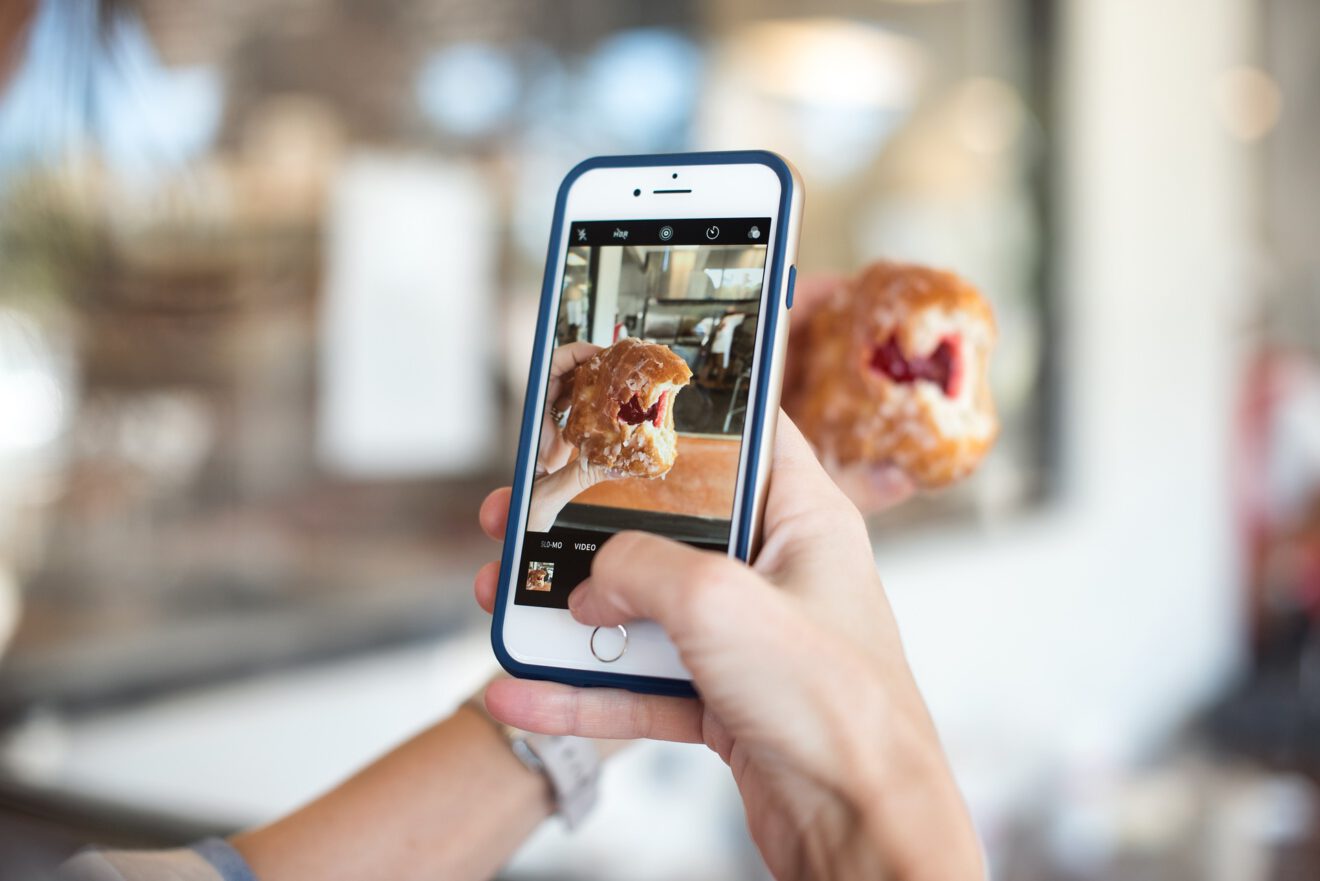Communicating with consumers has always been a vital part of doing business, and as the world becomes more digital, that communication has had to change. As email, texting, social media and other digital technologies become more prevalent, brands have adapted to make their communication strategies more digital, and, in many instances, more intimate.
When it comes to the food and beverage space, the interactions that take place between consumers and brands are especially intimate because people actually consume the product, according to Maria Latushkin, chief technology officer of Narvar. And the use of digital tech tools can make relationships with consumers cumbersome, or it can propel those relationships.
“Consumers have so many more choices now,” Latushkin said.
To be truly effective, digital communication technology has to be as frictionless as possible, it has to be relevant, it has to be timely and it cannot be intrusive, according to Latushkin. Technology allows brands to have deeper relationships with consumers, and the more digital channels brands use to communicate with consumers the better.
Some of the best ways to communicate with digital consumers include text, voice, email and push notification technology, Latushkin said, but one of the most challenging things about mastering digital communication with consumers is that their preferences are all over the board. They vary based on factors including shopping channels and the consumers themselves.
When it comes to consumers’ communication preferences with retailers, more than 80% of shoppers prefer to receive emails from brands, and nearly 40% want brands to communicate with them via multiple channels, according to a report from Narvar. The report also found that information regarding orders placed is the most vital communication in the eyes of consumers, and that while only 2% said they’re interested in receiving communications via chatbots or messaging apps, 38% didn’t know whether they were interacting with humans when communication with retailers via digital channels.
Chatbots and voice technology are still somewhat uncharted territories when it comes to communicating with food and beverage consumers, but that isn’t stopping brands from finding innovative ways to use them. Online grocer Peapod has launched Chat-to-Cart, a text-to-order app that allows consumers to shop via typing, speaking or using emojis on their phones. The app can also be used with voice assistants like Amazon’s Alexa.
“This is an exciting example of a proven retailer leveraging the newest technology to help their customers shop faster and smarter,” said Richard Demb, co-founder of of StorePower, which created the Chat-to-Cart platform.
Shopping list app Out of Milk has also added voice assistant technology to its offerings. Users can now manage their grocery lists via Amazon Echo and Google Home devices.
In the restaurant space, Starbucks and Domino’s are two examples of chains that employ effective digital communication strategies, Latushkin said. Delivering communications that are really relevant to consumers is what separates the brands doing it right from those that are missing the mark.
However, she also said one of the biggest pitfalls brands must work to avoid when communicating with consumers through digital channels is employing any strategy that could come off as “creepy.” Intimate communications between brands and consumers must be initiated by the consumer.
Moving forward, Latushkin thinks the next step in communicating with increasingly digital consumers is finding ways to remove all friction from the process.
In the end, offering consumers a convenient experience is how brands will be truly successful, and although digital communications are only growing in importance, the value of in-person interactions should not be underestimated. According to the report from Narvar, more than half of all consumers prefer to interact with a person when it comes to resolving issues that arise with brands.
__________________________________________________
If you enjoyed this article, join SmartBrief’s email list for more stories about the food and beverage industry. We offer 20 newsletters covering the industry from restaurants to food manufacturing. And be sure to follow us on Twitter for the latest industry news.
